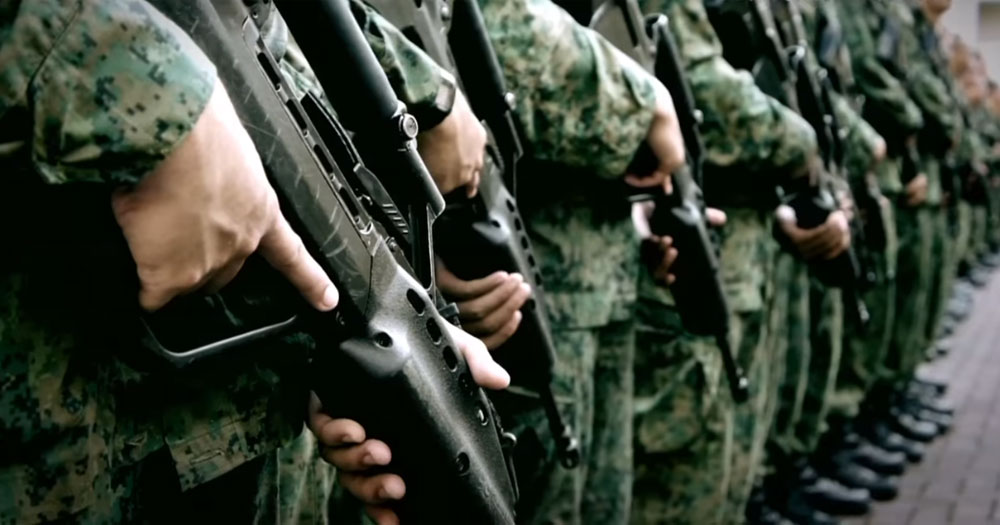Fatality following heat injury
A 19-year-old full-time national serviceman died on April 30, almost two weeks after he was warded for heatstroke on April 18.
Details
Private Dave Lee Han Xuan displayed signs of heat injury just after he completed an 8km fast march at Bedok Camp.
Pte Lee, a guardsman from the 1st Battalion Singapore Guards, was pronounced dead at 5.32pm, 10 days after his 19th birthday.
He had enlisted on Jan. 5 and completed his Basic Military Training on March 11.
He graduated from Jurong Junior College after completing his A levels, and previously attended Yuhua Secondary School and Rulang Primary School.
He was the only son.
The Ministry of Defence and the Singapore Armed Forces have extended their deepest condolences to the family of Pte Lee and are assisting them in their time of grief.
Public queries about NS tragedies
The most comprehensive answers to longstanding questions the public have about NS deaths and mishaps can be found in two 2012 forum letter replies (Today and Lianhe Zaobao) addressing safety and transparency issues.
This was following the high-profile deaths of servicemen at that time, which received widespread attention in the mainstream media and online.
What happens when there is a death during National Service?
In the event there is a death of a national serviceman, an independent Committee of Inquiry (COI) will be convened by the Armed Forces Council to investigate the circumstances surrounding the incident.
A COI is mandatory under such circumstances.
The COI has full powers and access to information and personnel to investigate fully the circumstances leading to death, to determine the contributory factors and make recommendations to rectify lapses, if any.
What happens when there is a COI?
Safety recommendations will be implemented to improve safety systems and processes moving forward.
An SAF Safety Inspectorate will also be set up to promulgate best practices across the services, enhance the robustness of safety related policies and look into areas where safety can be strengthened.
The findings of the COI were made public in 2012, together with a Ministerial Statement.
What incidents are investigated?
The SAF investigates every training incident or and any mishaps that almost happened, which have or may cause serious injury or property damage.
It also investigates reports of unsafe practices and safety breaches, and ensures that the appropriate follow up actions are taken to prevent similar occurrences in future.
Soldiers are encouraged to report mishaps that almost happened, unsafe practices or safety breaches.
How are the safety systems and processes derived?
The SAF benchmarks its systems and processes with other established armed forces to ensure that its safety system is up to date.
The SAF also takes reference from the Occupational Health & Safety Assessment Standards (OHSAS) and aligns its safety standards where applicable.
SAF safety standards also comply with the Singapore Workplace Safety and Health Act (WSHA).
What is SAF striving to change?
The SAF is determined to correct any inadequacies uncovered by ensuring that lax attitudes toward training safety do not take root in the system.
How are personnel involved treated?
The personnel involved in previous COI cases have been re-deployed to assignments that do not oversee soldiers in training or operations.
[related_story]
What is the spectrum of punishment for those involved?
The Chief Military Prosecutor will determine if personnel should be subjected to a General Court Martial (GCM) to establish their degree of culpability.
If found guilty, the appropriate punishment will be meted out by the military.
Police investigations are also carried out to determine whether to prosecute the personnel involved in civil court.
An exclusive deal for Mothership readers:
If you like what you read, follow us on Facebook, Instagram, Twitter and Telegram to get the latest updates.

